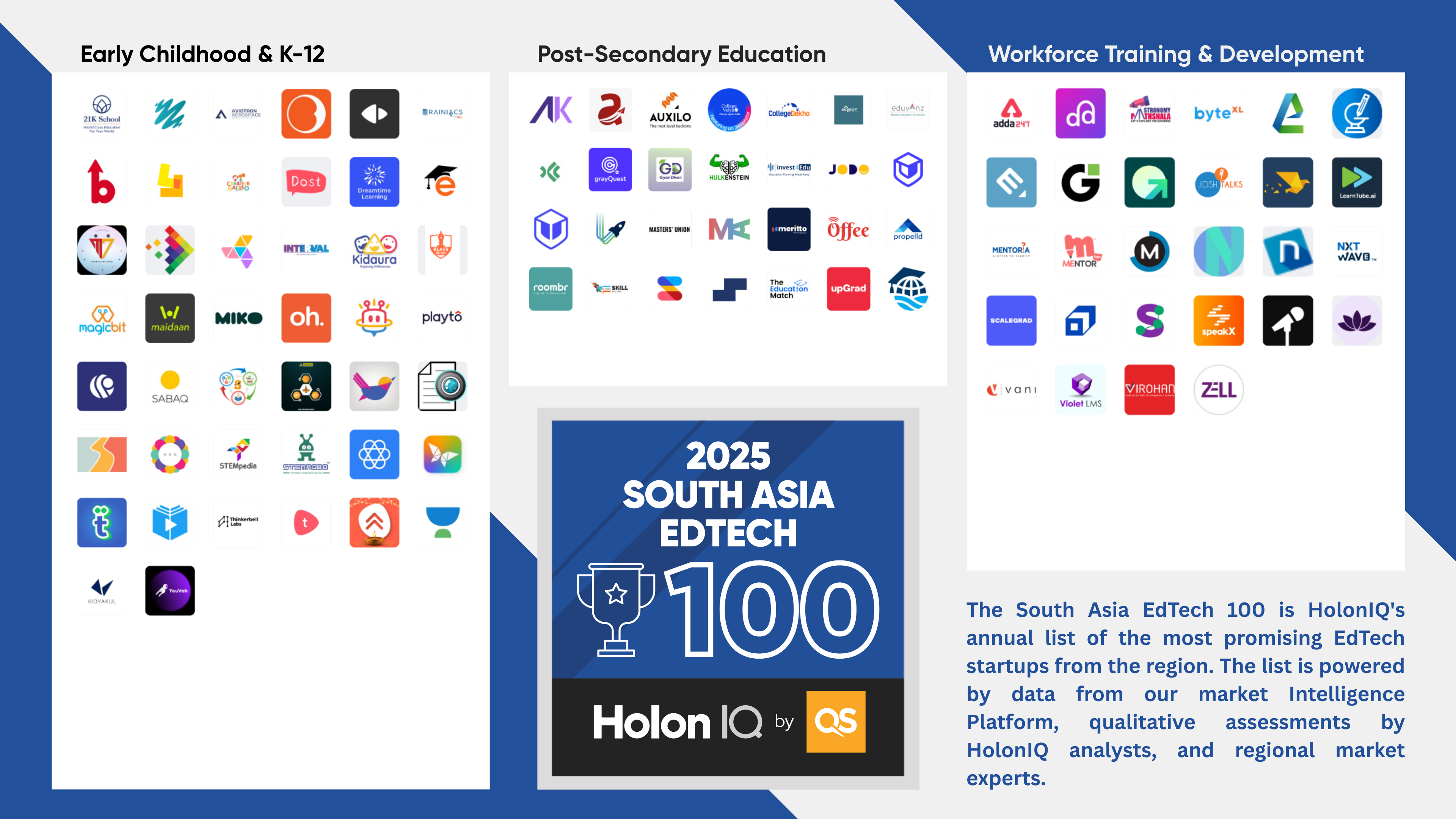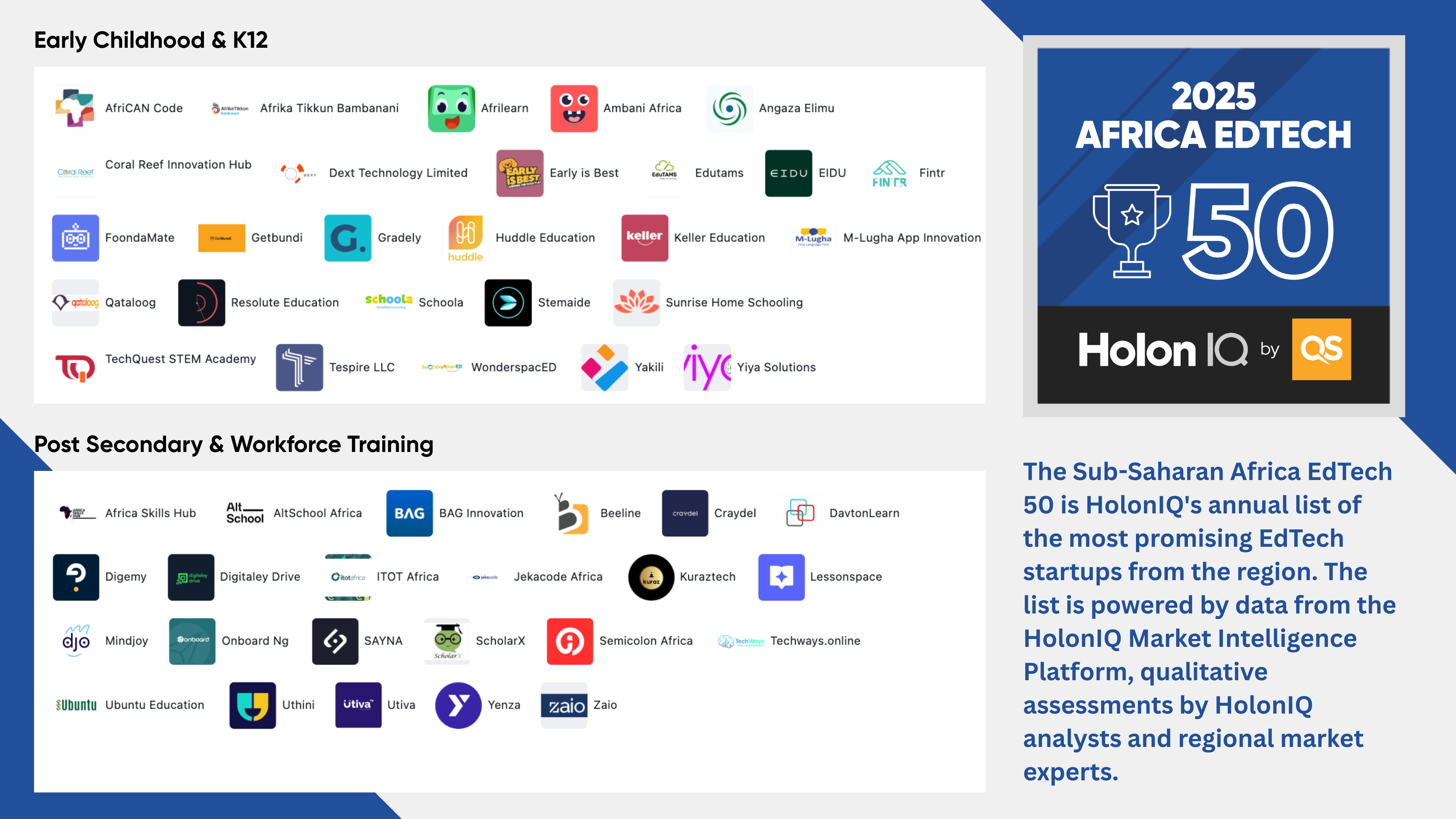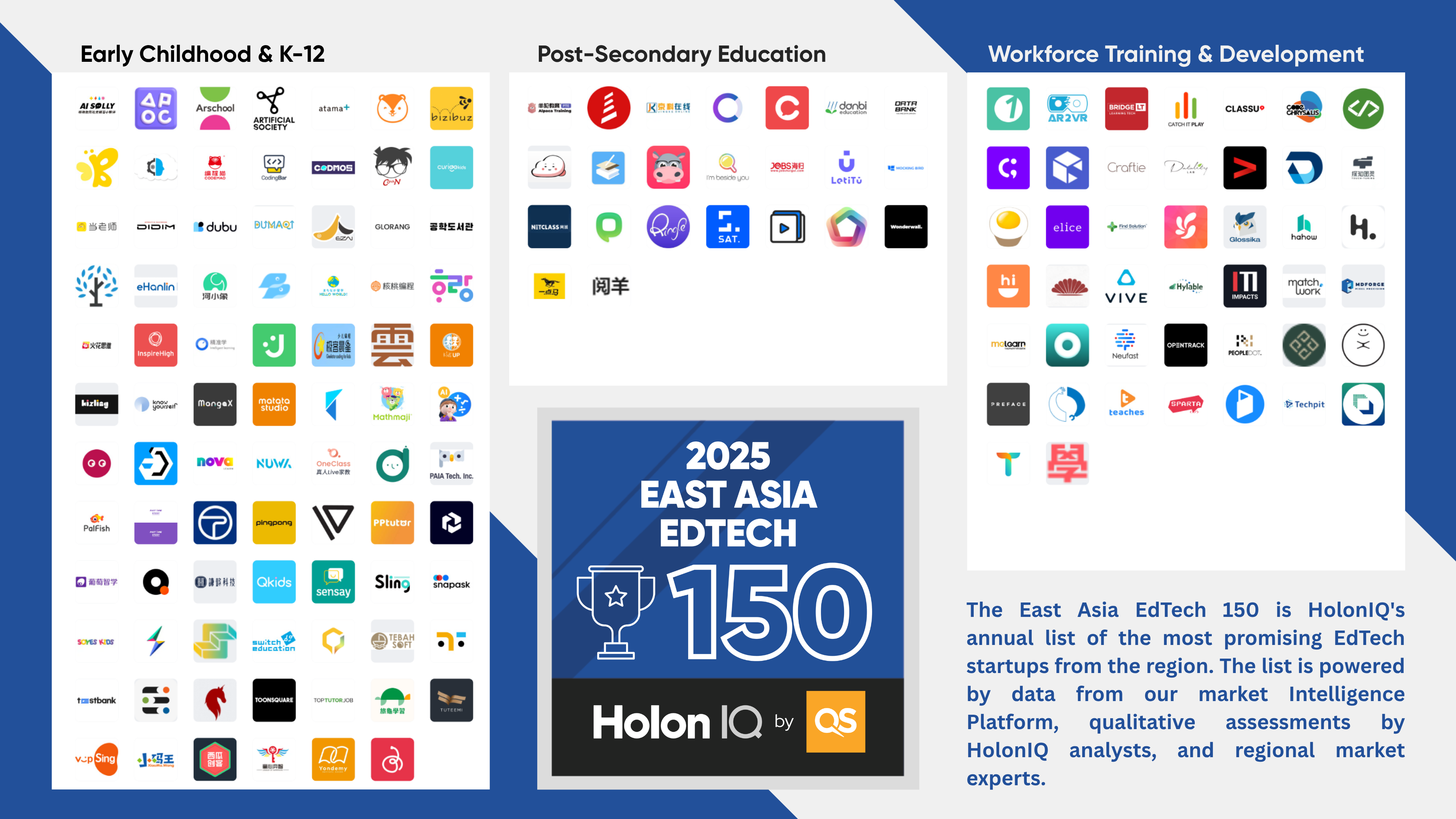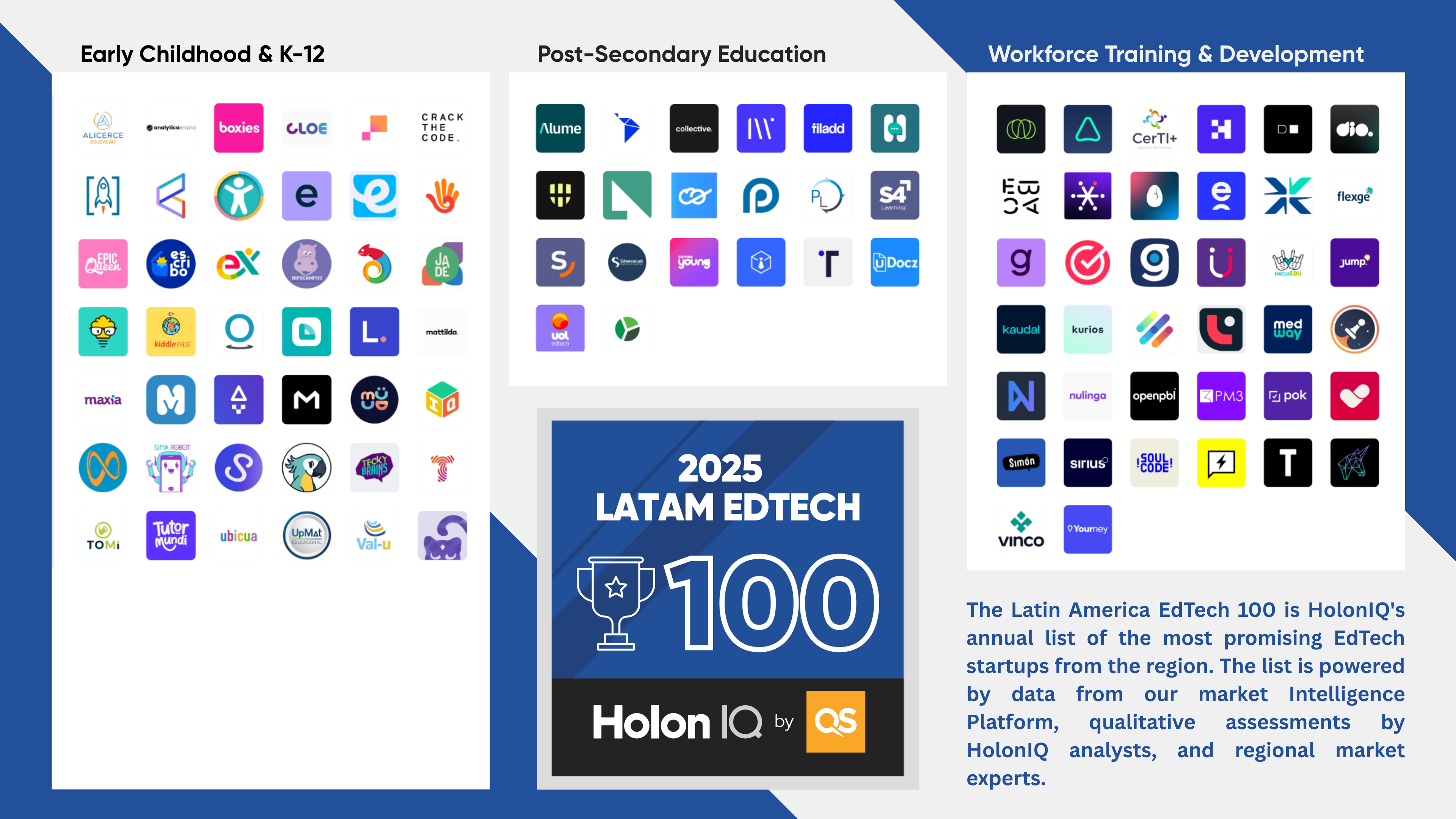The 2023 Global State of Women's Leadership
International Women’s Day (March 8, 2023) is a day celebrating the social, economic, cultural and political achievements of women. The day also marks a call to action for accelerating gender parity. Whilst gender stereotypes are being challenged and diverse representation of women is more evident, there is a continuing need for more progressive mindsets and inclusive behaviors worldwide.
In 2023, the theme of International Women’s Day is DigitALL: Innovation and technology for gender equality. Under the theme "DigitALL", the United Nations Observance of International Women's Day 2023 will highlight the need for inclusive and transformative technology and digital education. “Innovation and technological change, and education in the digital age for achieving gender equality and the empowerment of all women and girls”.
The chart below highlights the challenge and opportunity ahead, highlighting how significant women’s leadership is on the ‘frontlines’ of education and healthcare, and yet slow to change in leading countries, institutions and firms that are re-shaping society. It is our collective responsibility to take diversity in all of its forms much more seriously and urgently to ensure countries and industries everywhere realize the benefits of diverse leadership.

Download in PNG
Charting the 2023 Global State of Women's Leadership
Over the last 10 years, in particular, a significant amount of research has been conducted on gender diversity in leadership. We start by sharing the diversity research for some of our most important workforces where women are very well represented and conclude with leadership cohorts where women are grossly under-represented.
It's important to take stock of the outcomes and determine where more action needs to be taken to level the playing field and create more awareness of the inequalities that exist in today's world. While celebrating the strides we have made in terms of women's leadership through the years, it's also important to acknowledge the decades-long road ahead of us in achieving gender parity at leadership levels, if progress continues at current rates.
There are many examples of gender bias, both conscious and unconscious – and each impacts women in different ways, including in the workplace and leadership roles. We want to celebrate the many achievements of women leaders, acknowledging hard-won gains over many decades, whilst keeping in focus the need to accelerate progress into the future.
Gender balance is not solely a women’s issue, but also an economic issue. Our 2023 analysis of the global state of play for Women Leaders offers an opportunity to see the big picture and challenge the status quo as we look across gender diversity benchmarks in different impact industries across the globe.
Teachers
About three quarters (77%) of US public school teachers are women, and the composition is similar for private schools as well (75%). The percentage of women teachers are higher in lower levels - elementary and middle school - relative to that of secondary/high school levels where the pay is relatively higher. In addition, 80% of the workforce is made up of white teachers, while 54% of students were non-white. Across OECD countries (with 70% women teachers), the share of women new entrants to the teaching profession has declined between 2010 and 2019, indicating that the gender imbalance could be turning around.
While there’s majority female representation among teachers, US labor department data shows that female elementary and middle school teachers earn 90% of what male teachers earn while secondary school teachers earn 92.5% of what their male counterparts earn. These numbers are better than the overall pay gap in the US for all occupations (81%), but gender bias still exists in education, particularly at the administrative levels.
Source. National Center For Education Statistics, US department of labor

Healthcare Workforce
About 70% of the global healthcare workforce is female, yet based on WHO estimates, female representation in leadership roles in healthcare is only about 25%. A WHO analysis of the gender pay gap in 54 countries which account for 40% of the sector’s employees found that women earn about 20% less than male workers in the healthcare sector. While the pay gap narrows at the higher wage levels, so does female representation. According to the study, Covid-19 also resulted in the women at the lower end of the pay scales being disproportionately disadvantaged as well.
Source. World Health Organization

School Principals and Superintendents
While women teachers make up almost three quarters of the workforce, this share drastically reduces when it comes to higher levels of administration. Women principals at US public schools account for 57.4%of the total workforce, with the share having more than doubled from 25% in 35 years. Average salaries of female principals were about 96% of that of male principals according to a survey by the National Center For Education Statistics.
At the superintendent level, only 27% are female in the US according to a 2020 report, and female representation has only increased by about 3 percentage points in the last 10 years (from 24% a decade a ago).
Source. National Center For Education Statistics, School Superintendents Association

Academia
In the United States, 35% of tenured professors are female while for associate professor and assistant professor positions, this share is 46% and 52% respectively. Colleges and universities also reported that full-time faculty salaries of women are 82% of those of men.
In terms of academic staff, females made up 44% of the total academic staff in OECD countries as an everage, with Japan’s share of women academic staff being 25% while academic institutes in Finland, Latvia, Lithuania and New Zealand have better female representation of 50-60%. There is low gender parity in research and innovation related fields, with women accounting for 33% and 25% of researchers and top academic staff respectively in Europe. This may be reflective of the lower number of females studying in STEM fields compared to men as well. In India, women faculty members at STEM institutes make up about 20% of professor positions. Female representation in academia is particularly low in Africa with only 24% of academic staff comprising women in Sub-Saharan Africa.
Source. College and University Professional Association for Human Resources, OECD, Hindustan Times, Education Sub Saharan Africa
.png)
University Presidents and Vice Chancellors
In the US, women’s representation among Higher Education institutional CEOs increased from 27% to 32% from 2016 to 2022. Among 131 elite universities in the US only 22% of them had a women president, with women of color making up 5% of the top positions. The share of women system presidents (heading a board governing multiple campuses) at elite universities is 10%, with no women of color. Only 26% of board chairs of the elite universities are women.
In Sub-Saharan Africa, only 6% of CEOs and 22% of executive committee members are female, with 25% female representation in boards. Ireland is a success story in this regard, with the country progressing from having no female university presidents in 2020 to 54% of universities being led by women by 2023. The change came about following government policy changes to create more gender equality among higher education leadership.
Source. Women’s Power Gap, University World News

Heads of State
Out of 193 UN states, 30 states are led by women at present. While 5 women heads of government left their positions in the last year, 7 others have assumed positions. According to UN women, gender equality in government leadership is not likely to be reached for another 130 years at the current rate. Only 21% of government ministers across the world are women while only 26% of national parliamentarians are women. 14 countries have cabinets with 50% or more female representation.
We’ve linked to each of the women heads of state and government below on Wikipedia.
Ana Brnabić, Prime Minister of Serbia, Bidhya Devi Bhandari, President of Nepal, Borjana Krišto, Chairman of the Council of Ministers of Bosnia and Herzegovina, Dina Boluarte, President of Peru, Droupadi Murmu, President of India, Élisabeth Borne, Prime Minister of France, Fiamē Naomi Mataʻafa, Prime Minister of Samoa, Giorgia Meloni, Prime Minister of Italy, Halimah Yacob, President of Singapore, Ingrida Šimonytė, Prime Minister of Lithuania, Kaja Kallas, Prime Minister of Estonia, Katalin Novák, President of Hungary, Katerina Sakellaropoulou, President of Greece, Katrín Jakobsdóttir, Prime Minister of Iceland, Maia Sandu, President of Moldova, Mette Frederiksen – Prime Minister of Denmark, Mia Mottley – Prime Minister of Barbados, Najla Bouden – Prime Minister of Tunisia, Nataša Pirc Musar, President of Slovenia, Paula-Mae Weekes – President of Trinidad and Tobago, Sahle-Work Zewde – President of Ethiopia, Salome Zurabishvili – President of Georgia, Samia Suluhu Hassan – President of Tanzania, Sandra Mason – President of Barbados, Sanna Marin – Prime Minister of Finland, Sheikh Hasina Wajed – Prime Minister of Bangladesh, Victoire Tomegah Dogbé – Prime Minister of Togo, Vjosa Osmani – President of Kosovo, Xiomara Castro – President of Honduras and Zuzana Čaputová – President of Slovakia.
Sources. UN Women, Wikipedia

HolonIQ 2022 EdTech 1000
144 CEOs from HolonIQ’s 2021 Education Technology 1000 are women, up from 130 in 2021. We’re celebrating this inspirational cohort and hoping this spotlight inspires action and support for more women entrepreneurs around the world.
Source. HolonIQ 2022 EdTech 1000

HolonIQ 2022 Health Tech 1000
130 CEOs from HolonIQ’s 2022 Health Tech 1000 are women, up from 80 in 2021. We’re celebrating this inspirational cohort and hoping this spotlight inspires action and support for more women entrepreneurs around the world.
Source. HolonIQ 2022 Health Tech 1000

HolonIQ 2022 Climate Tech 1000
90 CEOs from HolonIQ’s 2022 Climate Tech 1000 are women, down from 94 in 2021. We’re celebrating this inspirational cohort and hoping this spotlight inspires action and support for more women entrepreneurs around the world to lead us towards a cleaner, more sustainable future.
Source. HolonIQ 2022 Climate Tech 1000

Fortune 500
In January 2023, 5 new companies led by women were added to the Fortune 500, bringing the total number of companies led by women to 53. The number is up from 41 in 2021 and 37 in 2020. All five CEOs who joined the list in 2023 were also leaders who were promoted from within the companies, most of them having served the companies for decades.
The Fortune 500 ranks America’s largest companies and has long been seen as a microcosm of U.S. business at large. Only in the past 5-6 years has the growth of women in these roles accelerated past the low 20’s — a general upwards trend, though there have been dips along the way.
Source. Catalyst, Forbes

Women CEOs at IPO
Each year since the New York Stock Exchange was founded, in 1817, hundreds of companies have gone public. Historically and until today, less than 50 women have ever founded and led a company through to an IPO on the NYSE. In 2021, among more than 1000 IPOs that were launched in the US, only five were companies founded and led by women. In 2022, HolonIQ estimates that approx 8% of all global IPOs where led by a women CEO.
In terms of board representation, the Australian Institute of Company Directors reports that almost 90% of newly listed Australian companies in 2022 had no women on their boards. The share of women on boards of companies that held IPOs in fact declined albeit marginally from 12.2% to 11.4% from 2021 to 2022.
Source. HolonIQ, Australian Institute of Company Directors, Altfi

US Startups and Private Companies
According to a recent report, almost half of the US start-ups in 2021, amid the booming investment environment, were formed by women. The growth in companies launched by women in the UK also hit record numbers in 2022. The number of companies started by women in 2022 in the UK was more than double that in 2018, while it was reported that all-female led companies made up 20% of all businesses.
The lack of women-led companies advancing to the IPO stage however could be a reflection of the low level of funding received by women-led companies compared to those led by men. This is observed in the VC space as well, where only less than 2% of the total capital invested in venture-backed startups were founded by women in the US and in Europe. The numbers are even more dismal in India and South East Asia, being close to 0.6% or less.
The 2022 Women CEOs in America Report states that private companies with revenues over US$ 1 Bn, have a female leadership share of only 5.4%. Only one in seven C-suite positions at European tech startups are held by women while the female share of CEO positions at startups in the UK, France and Germany is 8-9%. In India, 18% of startups are led by women in 2023 according to a report.
Source. Sifted, Gusto, Hindustan Times, FemStreet

Healthcare Leadership
Women in healthcare leadership levels make up about a quarter of the global leadership positions. According to a report by the International Finance Corporation, women hold about 23% of board seats of top listed companies in G20 countries. Women’s representation among CEOs of public listed companies in the health sector was 8% according to a study done by S&P of over 5,000 companies with the largest global market capitalization. In addition, less than 5% of CEO positions of Fortune 500 companies in the healthcare sector are held by women. Gender stereotypes and discrimination continue to be drivers of the disproportionate overrepresentation of women in the healthcare workforce, while being underrepresented at leadership levels.
Source. International Hospital Federation, WHO, S&P
.png)
S&P500
41 companies in the S&P 500 are led by women as at February 2023, with the number doubling since 2016. A recent study reported that there have been 56 new CEOs appointed to companies in the S&P 500, with 7 of them or 13%, being women. Additionally, 6 of the 7 new women CEOs were appointed in place of male CEOs.
In terms of women leadership across industries, In a separate study of more than 6000 top listed companies across the globe conducted by S&P, the energy and materials sectors had a higher level of inequality. Companies that had the narrowest gender gap at leadership levels belonged to the real estate and healthcare sectors (though the share of female leaders was only about 8-9% in these sectors as well).
Source. Catalyst, Spencer Stuart, S&P

STOXX 600
European Women on Boards’ 2021 Study of 668 top listed companies including companies from the STOXX 600 revealed that only 50 of the companies have a female CEO. 169 companies or 25% had at least one member in the C-suite while only 9% of chairs of boards are women.
Interestingly, the report points out that progress on achieving gender equality is slow even in nordic countries which are known to have better gender parity. Companies with at least one female in the C-suite also tend to have a higher share of females at executive level than companies who have no female representation in the C-suite. 36% of board members in the 668 companies studied were female, increasing from 32% in 2020. The top 3 countries with the highest shares of women at leadership positions were Norway, France and the UK.
The UK also announced better female representation in board roles of its top listed companies, with the FTSE 350 companies having achieved a 40% target for women on boards three years ahead of target.
Source. European Women on Boards

Russell 3000
Women CEOs made up 6.2% of all CEOs in the Russell 3000 in 2022 According to the 2022 Women CEOs in America report. 162 female CEOs represented 5.4% of all CEOs in the Russell 3000 according to the Conference Board as of 2020.
In terms of board membership, in 2022, 28% of the board members of the US companies on the Russell 3000 index were women, which increased from 26% in 2021. 36% of new board members in the last quarter of 2022 joining the boards of companies were female, which is the lowest percentage of women joining boards since 2020 according to 50/50 Women on Boards.
Source. Conference Board, 50/50 Women on Boards, Women CEOs in America

FinTech
According to a working paper by the IMF, 7% of executives in FinTech were women. Female representation on executive boards in fintech firms remains about 23%. One factor driving the gender gap could be the gender disparity in the finance sphere itself with women accounting for only 5% of bank CEOs globally. CEOs in the IT industry among top public listed companies was 4%.
Women’s decision-making presence in the industry is firmly underrepresented, which is why fintech lacks developmental speed and strength. The blame falls on the gender balance in the industry. Today, it becomes more important than ever to decrease the gap between men and women in the fintech industry to improve the product development process that addresses the needs of all users and generates diversity across the entire playing field for success.
Source. IMF, S&P

Unicorns
Female founder-CEOs led 4% of the “unicorn” startups valued at more than $1 billion as at 2020. In 2022, 3.1% of unicorns in Europe were led by women, while only three companies that crossed the $1B value for the first time in 2022 were led by women out of a total of 47 (6%). In the US and Europe, women represented 21% of CEOs and 34% of all staff of Tech unicorns.
Sources. Fortune, Techcrunch, Sifted










.png)







